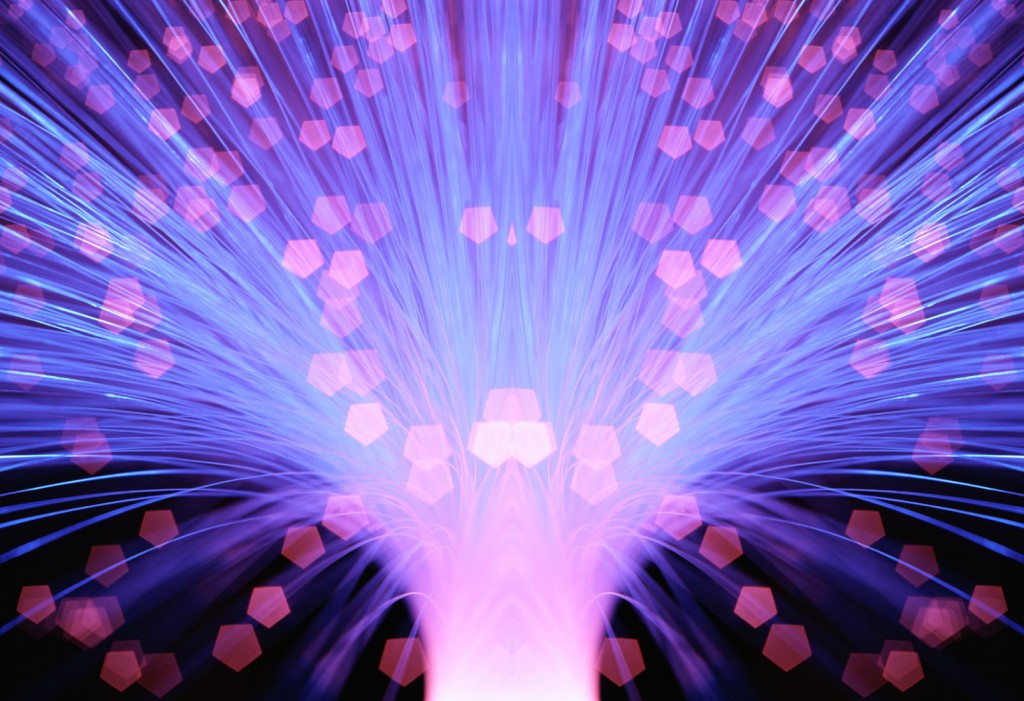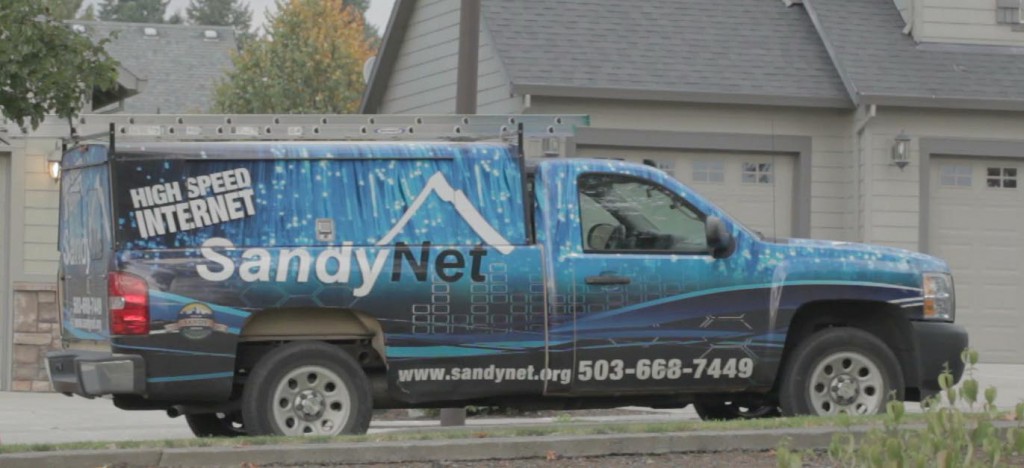Testing Bend-Insensitive Multimode Fiber Links
Leave a Comment
Enterprise networks and data centers around the world are increasingly installing bend-insensitive OM3 and OM4 Multimode Fibers. These fibers interoperate well with the embedded base of multimode fiber. However, if a link is not characterized properly, misleading test results can occur.
In BICSI’s ICT Today magazine, Dave Mazzarese describes how to properly measure the channel insertion loss of a multimode optical fiber link and why using the prescribed method is important.
GigaNet – Forward to the Future!
Leave a Comment OFS recently helped to deploy a turnkey Fiber-to-the-Home (FTTH) network in the City of Sandy, Oregon. This new network brings 1 GB/s broadband service to approximately 3,500 residents via SandyNet, the internet service provider (ISP) owned by the community and operated by the city since 2003. Sandy is only one of many communities across the nation that have deployed their own high-speed FTTH network. Many of these communities lack a service provider, have limited broadband options or have been largely ignored in the nationwide push for gigabit service. (more…)
OFS recently helped to deploy a turnkey Fiber-to-the-Home (FTTH) network in the City of Sandy, Oregon. This new network brings 1 GB/s broadband service to approximately 3,500 residents via SandyNet, the internet service provider (ISP) owned by the community and operated by the city since 2003. Sandy is only one of many communities across the nation that have deployed their own high-speed FTTH network. Many of these communities lack a service provider, have limited broadband options or have been largely ignored in the nationwide push for gigabit service. (more…)
Riding the Winds of Change
Leave a Comment
With the opening next week of the 2015 American Wind Energy Association (AWEA) Windpower Conference, fiber optics and wind power are particularly timely topics.
According to Industrial Marketing Analyst Natalia Juhasz, people often fail to realize that the many uses of optical fiber include industrial networking, such as control systems for wind power. In fact, industrialized fiber optics can provide an effective means to transmit data in harsh, outdoor environments.
How can the wind industry benefit from using fiber optic technology? (more…)
Choosing the Right Fiber for In-Building Applications
Leave a Comment
Network owners are increasingly converting their data center and enterprise telecommunication/data communication systems from copper cabling to optical fiber. Because these applications have shorter overall spans and often use connectors instead of splices, they differ from what is typically seen in long-haul, metropolitan and access deployments.
As the use of optical fiber continues to grow in these networks, Technical Manager Dave Mazzarese has identified five key things that users should know about selecting a fiber for in-building applications. To learn more and access Dave’s complete analysis, please go here.

